
2013 national competition project | Library Redesign #112
An entire new design and addition of my school's existing library which uses modern information technology, such as smart-boards, computers, and interactive projectors, to enhance the common classroom experience. Also, it can provide a place for students to concentrate during study hall, while providing computers to those same students without disrupting the computer lab time of the other non - study hall classes.
CTsuei's work for the Collect Information step:
Summary
I took pictures from the Internet of my school and other public library interiors.
This is a view of my school from the front circle. The library is located behind the bushes and the...
This is a picture of an unknown library with a lot of natural lighting and space/openness, making...
Another library interior from the internet. This library is good on conserving space and a compact...
This is a possibility for using an open ceiling without using lots of windows on the sides of the...
This is a modern face of a university library and is of a non-conventional design.
It uses a lot...
This is a giant open computer lab in an university. This is probably not a good idea for my library...
The entrance to my school's current library. It is only one floor, 3 computer labs (one...
CTsuei's work for the Brainstorm Ideas step:
Summary
A group of photos and ideas that I possibly could use in my design.
To me this is an example of an interesting way to save space by having a circular bookshelf instead...
This is an idea i had with a picture to illustrate my point. To allow both classrooms and study...
This is an example of a layout of a library for the shelves without using the standard straight...
An idea I'm entertaining is to put in a garden or greenhouse for outdoor reading, if inside...
Another library design contest (I didn't do this contest, some of the other students a couple...
A picture of the interior views of my schools library. The problems: too much artificial lighting,...
CTsuei's work for the Develop Solutions step:
Summary
These are the steps I took to get to my redesign.
The site where my school is located on Google Earth. The light brown material is where my new...
The beginning of my design.
Upper left: exterior floors for the first floor
Upper right: first...
The 3rd revision of my floor plan. I've added bookshelves to the 1st and second floors,...
The exteriors/isometrics of the library addition without full landscaping.
Top Left: southeast...
CTsuei's work for the Final Design step:
Summary
Here is my final design, with a few modifications as seen from the develop solutions tab.
The 3-D model of my library. The area where the three trees are is the library's garden. I...
This is the first floor of my library renovation in which I added more space for student...
This is the second floor of my library addition. I have added a second floor to the design, with a...
Here is the outdoor area surrounding my library. I have also included park benches and picnic table...
These are the outdoor views of my library addition.
Upper Left: entrance to the outdoor student...
These are photos taken from the interior views of the first floor of my library.
Upper Right: the...
The interior views of the second floor of my design.
Upper Left the outdoor view from the study...
.png)


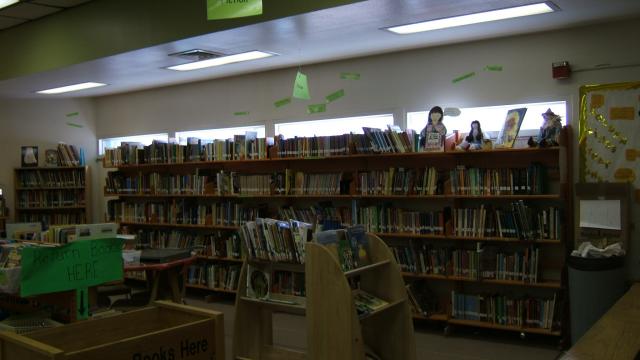
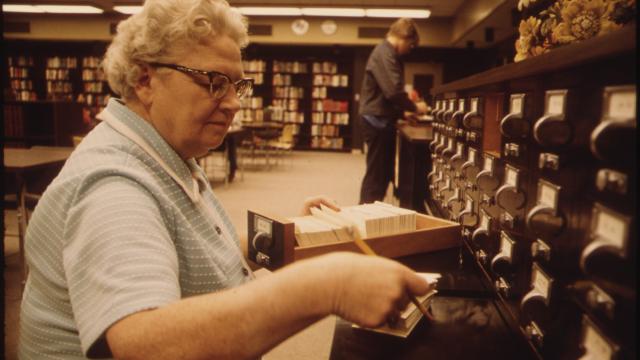

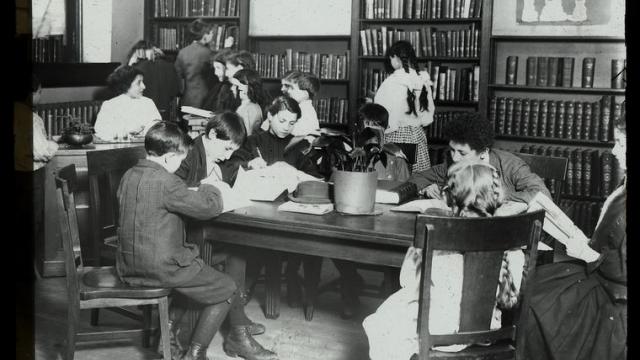
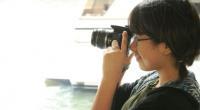








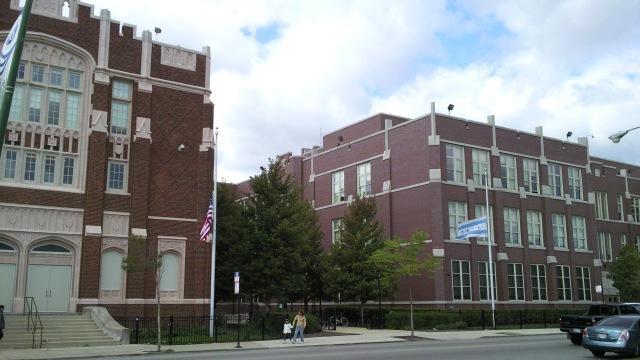
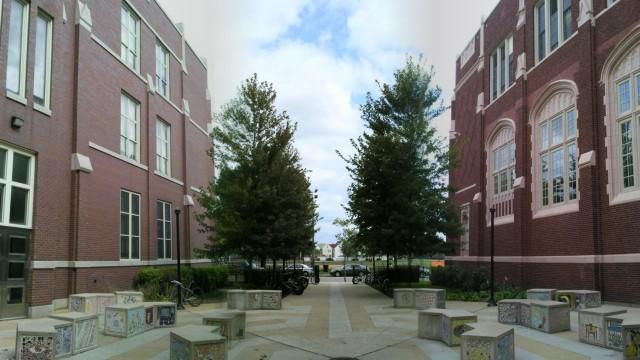
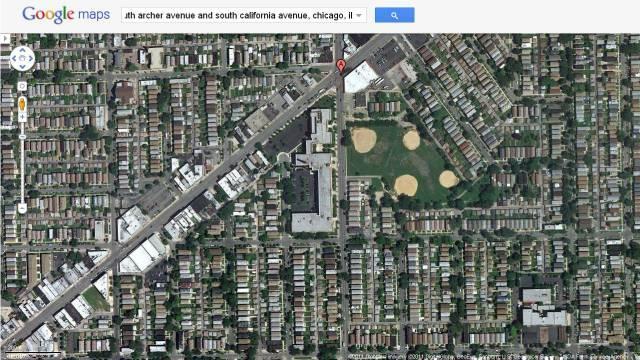
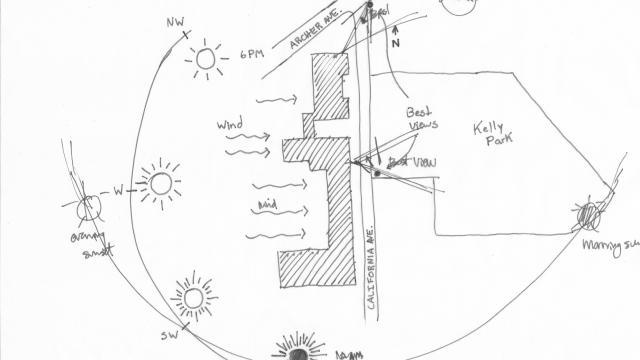
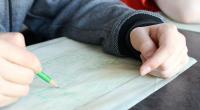
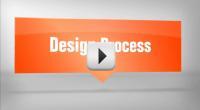








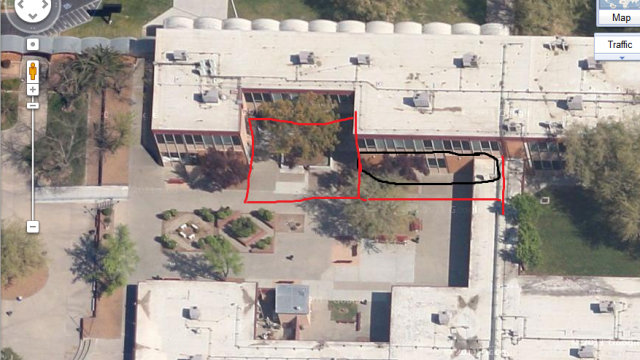
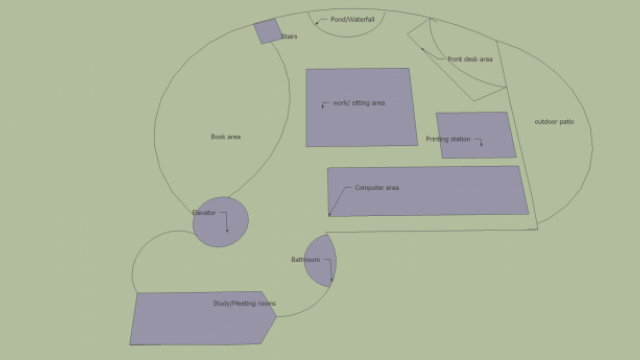
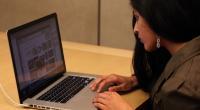
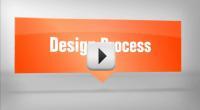







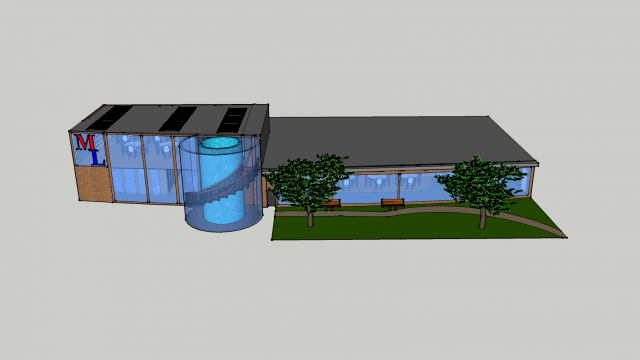
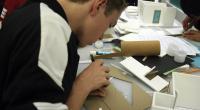
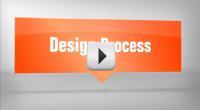



Comments
insert (ICT) "Information & Communication Technology" such as smart-boards, computers, etc.
..."for students to concentrate during study hall, while..."
Also, on brainstorm, add Case Western contest paper.
OK good on the overview. I'll try to get the Case Western paper up on Friday.
Case western paper is up on the Brainstorm ideas tab.